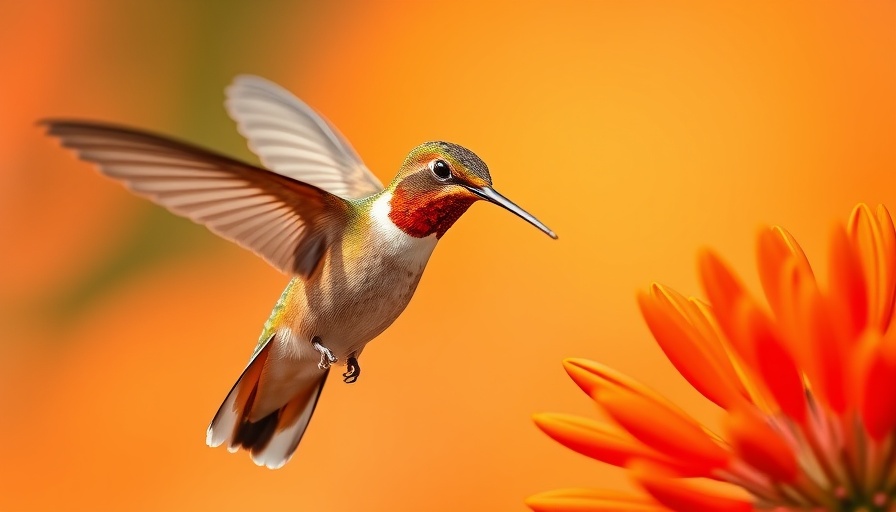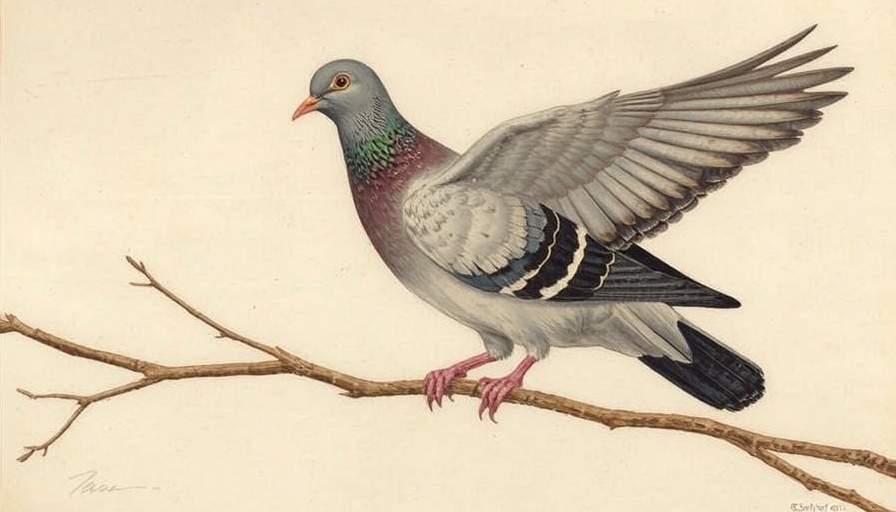
Why Supporting Birds Matters
Bird conservation starts with knowledge and appreciation. Organizations like BirdNote work to educate the public about various bird species, promoting awareness that can lead to protective actions. For instance, understanding the unique behaviors of hummingbirds highlights their vulnerability and the need for habitat preservation. Such stories not only entertain but inspire listeners to recognize their role in conservation.
Engagement Through Education
BirdNote has successfully engaged audiences through its informative storytelling. The model is simple yet profound: the more people know about birds, the more likely they are to safeguard their natural environments. With 20 years of history, BirdNote has proven that storytelling can create a deep emotional connection between humans and wildlife.
Join the Movement: Your Contribution Counts
Listener donations fuel BirdNote's mission. With every contribution, you help advance important narratives that promote awareness and action. As audiences become more engaged with bird life, they’re inspired to take action—whether it’s supporting conservation tactics, participating in birdwatching events, or simply spreading the word about the plight of avian species.
Future of Bird Conservation: A Collective Responsibility
Looking ahead, the future of bird conservation is a collective journey. By participating in initiatives like BirdNote's Spring Fund Drive, listeners contribute to the ongoing saga of birds, enabling continued storytelling that beckons others to join the cause. Recognizing that every donation helps pave the way for future educational content can motivate ongoing support.
As we reflect on our love for wildlife, consider what actions you can take today to support the things you cherish. With your help, BirdNote can continue to inspire and educate for many years to come.
 Add Row
Add Row  Add
Add 




Write A Comment